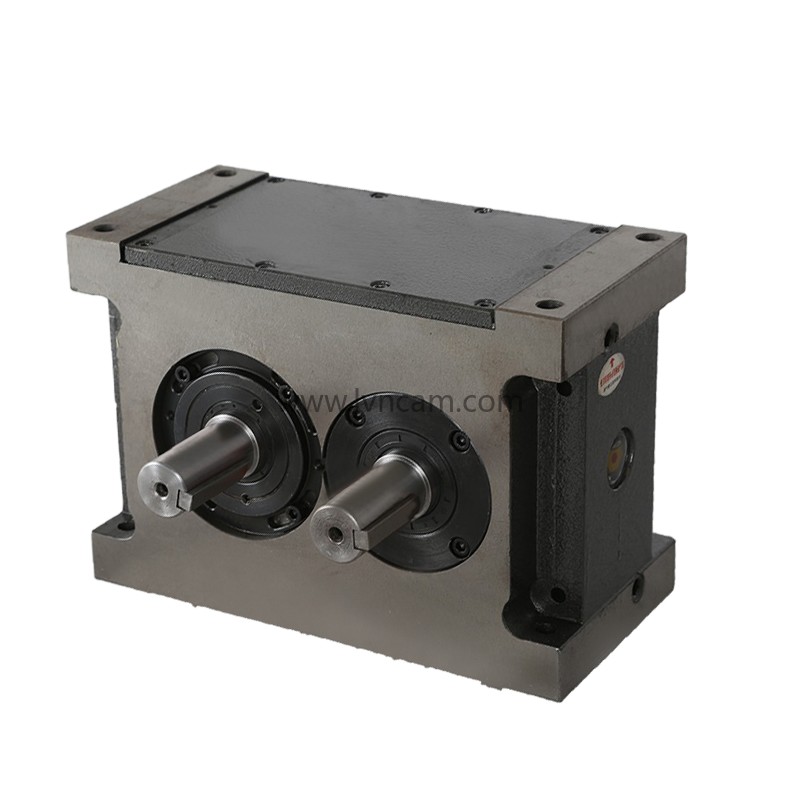Industry Encyclopedia
"Breaking the boundaries of technology: Camshaft innovation is leading the automotive industry"
2023-09-01
The camshaft is a mechanical device commonly used in internal combustion engines or pneumatic engines. Its function is to convert rotational motion into reciprocating motion. Through the design and operation of the camshaft, various complex mechanical operations can be achieved, thereby promoting the normal operation of mechanical equipment. In the automotive industry, the role of the camshaft is particularly important. It not only controls the opening and closing of the engine's intake and exhaust valves, but also participates in the work of the transmission system, affecting the performance and efficiency of the vehicle.
Process: The process of the camshaft involves the movement of the cam and the coordination of the opening and closing mechanism. The camshaft is composed of multiple cams, and the shape and arrangement of each cam are designed according to specific needs. When the engine is running, the camshaft rotates with the rotation of the crankshaft, and the cam is connected to the intake and exhaust valves, fuel injection devices, etc. through the camshaft to control their opening and closing.
Result: Through the movement of the camshaft, the cooperation between the cam and various mechanisms achieves the following results:
1. Intake and exhaust control: The camshaft controls the opening and closing of the intake valve to ensure the order and timing of intake and exhaust in the combustion chamber. This is very important for the normal operation and efficient combustion of the engine.
2. Fuel injection: Some engines use injectors to control the supply of fuel. The transmission coordination between the camshaft and the injector enables the fuel injection device to spray into the combustion chamber on time and in the right amount to ensure complete combustion of the fuel.
3. Transmission: The camshaft is also associated with the transmission system, and the rotation of the camshaft drives other components or mechanisms, such as water pumps, generators, air conditioning compressors, etc.
Summary: As a key mechanical device, the camshaft plays an important role in the automotive industry. It controls the opening and closing of the intake and exhaust valves, completes fuel injection, drives the transmission, etc. through the shape and arrangement of the cam. The design and operation of the camshaft directly affect the performance and efficiency of the engine. Through continuous innovation and optimization, camshaft technology continues to develop, providing more efficient and environmentally friendly solutions for the automotive industry.
Process: The process of the camshaft involves the movement of the cam and the coordination of the opening and closing mechanism. The camshaft is composed of multiple cams, and the shape and arrangement of each cam are designed according to specific needs. When the engine is running, the camshaft rotates with the rotation of the crankshaft, and the cam is connected to the intake and exhaust valves, fuel injection devices, etc. through the camshaft to control their opening and closing.
Result: Through the movement of the camshaft, the cooperation between the cam and various mechanisms achieves the following results:
1. Intake and exhaust control: The camshaft controls the opening and closing of the intake valve to ensure the order and timing of intake and exhaust in the combustion chamber. This is very important for the normal operation and efficient combustion of the engine.
2. Fuel injection: Some engines use injectors to control the supply of fuel. The transmission coordination between the camshaft and the injector enables the fuel injection device to spray into the combustion chamber on time and in the right amount to ensure complete combustion of the fuel.
3. Transmission: The camshaft is also associated with the transmission system, and the rotation of the camshaft drives other components or mechanisms, such as water pumps, generators, air conditioning compressors, etc.
Summary: As a key mechanical device, the camshaft plays an important role in the automotive industry. It controls the opening and closing of the intake and exhaust valves, completes fuel injection, drives the transmission, etc. through the shape and arrangement of the cam. The design and operation of the camshaft directly affect the performance and efficiency of the engine. Through continuous innovation and optimization, camshaft technology continues to develop, providing more efficient and environmentally friendly solutions for the automotive industry.
related articles
- 2024 Dragon Boat Festival Holiday Notice
- LN125R roller cam CNC turntable servo turntable real shot
- 180DT-4-270R LVNCAM cam divider real shot
- I wish that spring will be peaceful and prosperous, and that people on earth and in heaven will be safe and sound.
- 2024 Qingming Festival Holiday Notice
- Shandong Luning Precision Machinery Co., Ltd. wishes everyone a happy Lantern Festival.
- 110DT-8-270R-T30 cam divider input shaft extension motor plate
- Spring Festival Holiday Notice-Shandong Luning Precision Machinery Co., Ltd.
- Why are cam dividers so popular in production?
- What should we pay attention to when cleaning and maintaining the cam divider?
- Domestic brand cam dividers: good quality, low price and can meet high requirements
- LN170-36-24S 170 four-axis CNC rotary table four parallel use case
- L80DT-8-LN003 Customer Selection Case
- L60DF-6-LN002 flange type cam divider six positions
- L140DT-6-LN001 Shandong Luning Platform Desktop Intermittent Cam Divider Six-station Large Hollow


